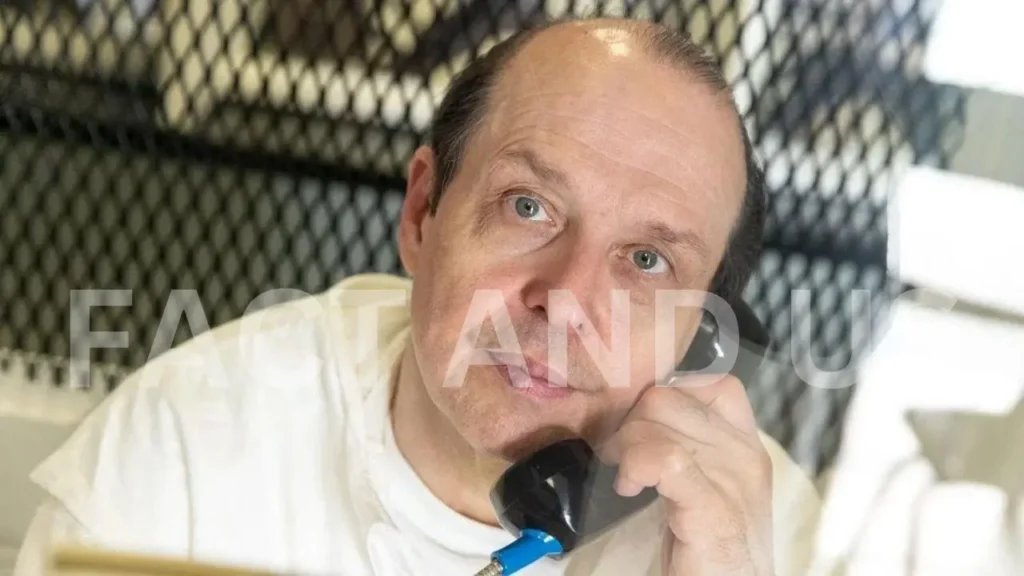Most encouraging is the fact that a Texas judge apparently sensing an error of justice, halted the execution of a man convicted on a disputed case of shaken baby syndrome due to the emergence of new evidence and some concerns that the original trial was not fair. This ruling has once again brought debate about wrongful convictions as well as the use of capital punishment over cases involving disputed medical science.

Texas Judge Blocks Execution
Robert Roberson, who’s been on death row for nearly two decades, was convicted in 2003 of killing his 2-year-old daughter, Nikki Curtis. Prosecutors at the time argued that Roberson violently shook the child, leading to fatal injuries diagnosed as “shaken baby syndrome.” But the defense and several medical experts now argue that new scientific research casts doubt on that theory.
She is the one who put out the stay: Judge Deborah Oakes Evans recognized that the new evidence presented by the defense of Roberson questions the medical findings upon which his conviction was hinged. “There are serious questions about whether shaken baby syndrome was the correct diagnosis in this case,” she said in her ruling.


Shaken baby syndrome, the diagnosis that in recent years has been somewhat questioned, is at the heart of this case. According to physicians, it is the accepted cause of death of certain infants, yet now, many medical professionals view this situation with much criticism, for they believe that the symptoms resulting from shaking—brain swelling, bleeding in the brain, and retinal hemorrhages—can be caused by an infection, an accident, or even a pre-existing medical condition.
Throughout, defense attorneys in the Roberson case have maintained that Nikki suffered from injuries not of abuse but from an undiagnosed medical condition. They said that, at least on the first trial level, the evidence of other potential causes of death was not placed properly before the jury and that they relied too heavily on a now-antiquated theory: shaken baby syndrome.

“This case is an example of what happens when faulty science ends up in a courtroom,” one of Roberson’s attorneys said. “We are hoping that with this decision we will finally be able to uncover the truth and avoid a wrongful execution.”
The verdict made waves among criminal justice reform activists, who argued it highlighted the importance of broader reforms beyond Roberson’s case. According to Innocence Project-the organization dedicated to working for wrongful convictions through DNA testing-astounding portions of death row cases have involved reevaluations and changing forensic evidence, including in shaken baby cases.
But critics of the stay say that although the evidence used to convict Roberson was questionable, it was, in fact enough to convict, and that the appellate courts have given him more opportunities for appeal than any other defendant convicted under a former version of the murder statute. “The courts have fully reviewed this case many times,” a state prosecutor’s office representative said. “We believe the original conviction and sentence were correct.”

The supporters of Roberson celebrated the judge’s decision as a step toward justice amidst all the legal wrangling. “We are relieved and grateful,” said a family member, who also believes this ruling is another chance to finally prove Robert’s innocence, a notion he has maintained all along.
One would say the stay of execution simply sends Roberson’s case back to the courts for review, opening it up for his defense team to bring out new evidence and challenge that earlier medical testimony. For Roberson, it’s a reprieve critical to escaping the death chamber; for this, his fate remains uncertain.
As the case moves forward, it will likely continue to fuel the debate over the death penalty in Texas, a state known for its high rate of executions, and the role of evolving science in shaping the outcomes of
stay connected with fact and us for more such news.
